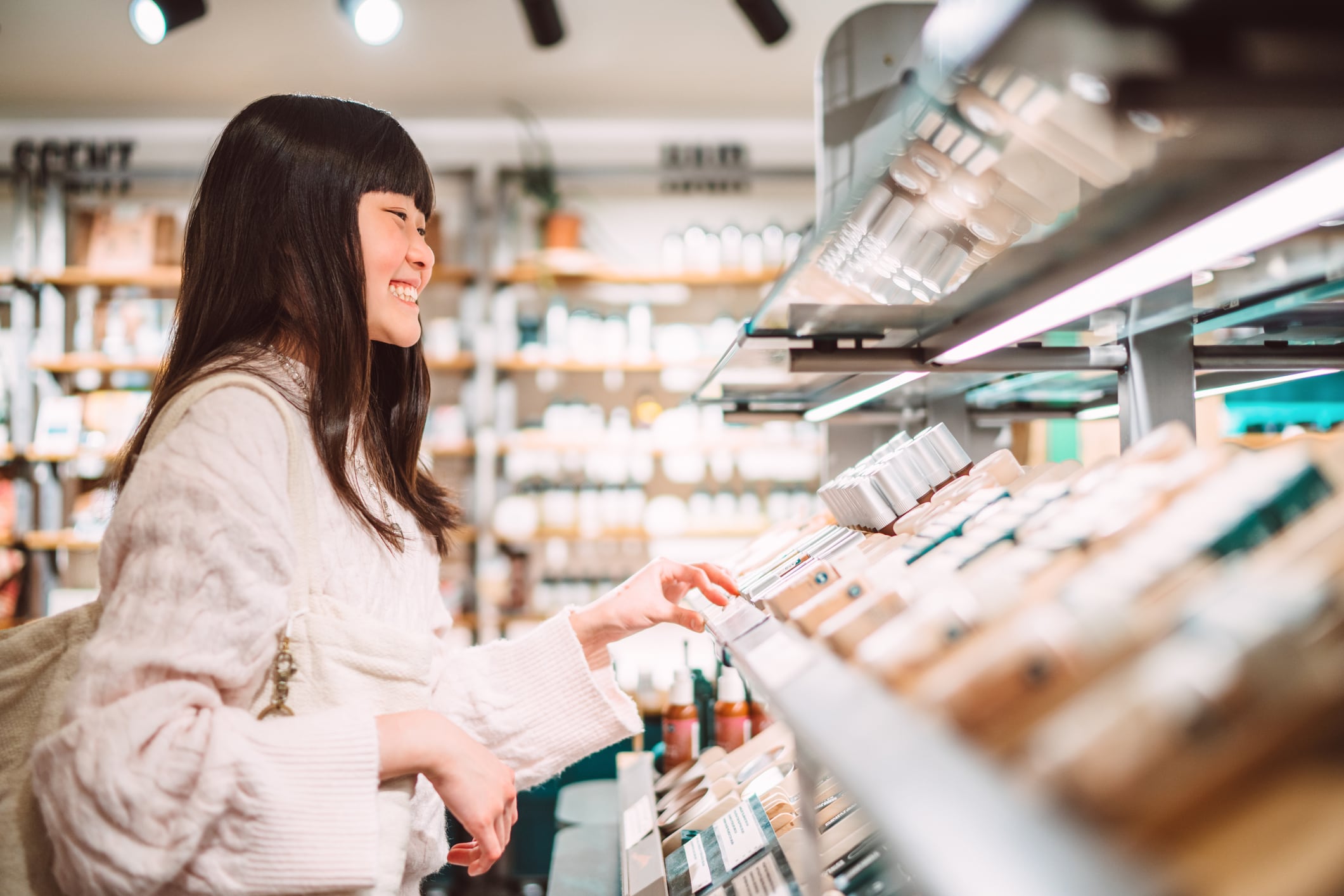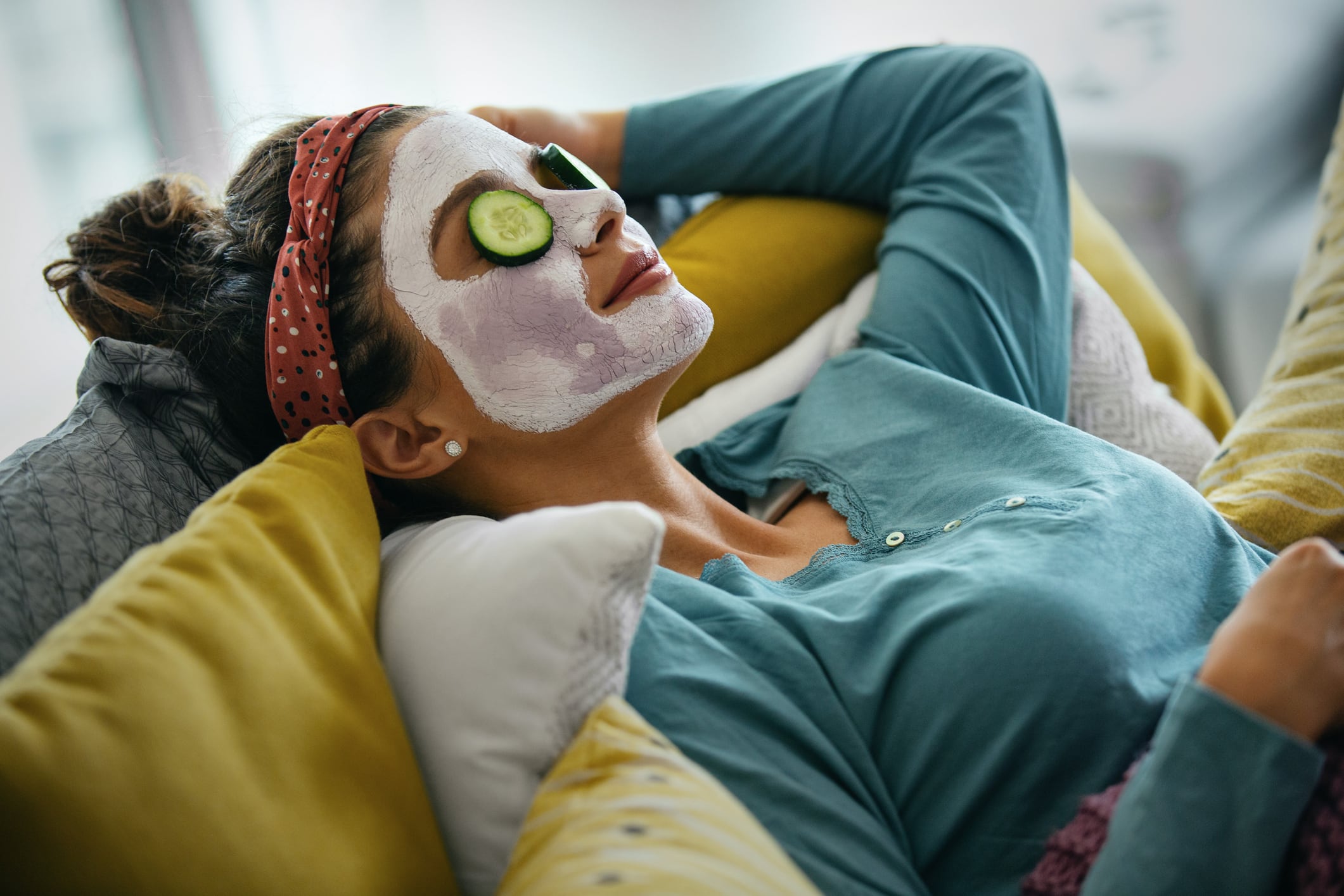Consumer insight firm Mintel’s 2026 Global Beauty and Personal Care Predictions, released earlier this month, highlight a convergence of scientific innovation and emotional connection that could influence formulation, product design, and brand strategy over the next three years.
CosmeticsDesign spoke with Clare Hennigan, principal analyst for beauty and personal care at Mintel, for her insights into how each prediction can be analyzed and applied to market strategies for industry stakeholders.
Cellular health frontiers open a first-mover window
In Mintel’s forecast, Metabolic Beauty emerges as a central opportunity. The trend is laser-focused on cellular resilience and inner wellness as a foundation for visible skin and hair health, piggybacking off of the increasingly popular “beauty-from-within” market.
“Now is the time for brands to integrate active ingredients that support cellular health and resilience across BPC categories,” Hennigan told CD.
While some ingredient technologies in this space remain promising, Mintel points to potential competitive advantages for early adopters.
“Investing in new ingredients and technologies can be costly,” Hennigan said, but “brands that pioneer novel, science-backed solutions to enhance cellular function and clearly demonstrate visible results to consumers will gain a significant first-to-market advantage.”
As interest in performance-backed innovation grows, she noted that scrutiny around formulation transparency and clinical validation may also intensify.
Diagnostic tech integration timeline
Supporting technologies, including biomarker testing, bio-intelligent tools, and at-home diagnostics, are expected to shape the metabolic beauty category.
However, “while niche adoption is already underway, mainstream integration of biomarker testing and bio-intelligent tech could take 3–5 years, driven by advancements in at-home diagnostics and consumer demand for measurable results,“ Hennigan said.
Data privacy is expected to play a key role in how quickly consumers embrace these tools. “Communicating data privacy will be critical in widespread adaptation, as any data leaks or instances of unethical data usage will deter consumers, pushing back this timeline,” she explained.
Designing emotional impact into the product experience
The Sensorial Synergy trend points to growing interest in products designed to support emotional well-being through multisensory cues such as texture, scent, and sound. “We’re seeing every beauty and personal care category explore sensorial design through a ‘five senses’ lens,” Hennigan said.
This includes the development of non-traditional sensorial elements, particularly in categories like facial skin care, where fragrance preferences vary but visual and tactile features remain influential.
“Brands will increasingly harness olfactory science to create experiences that go beyond aroma — linking fragrance to emotional wellbeing, cognitive performance, and metabolic health,” she added.
Technology with a human touch
The final trend, Beyond the Algorithm, reflects consumer fatigue with hyper-curated digital aesthetics and rising demand for authenticity in brand communications, even as AI continues to shape personalization and diagnostics. “Brands can convey authenticity by embracing imperfection through unfiltered storytelling and artisanal craftsmanship,” Hennigan said.
Mintel’s forecast suggests that clear communication around how AI is used may help brands maintain consumer trust. “Transparently disclosing AI’s role, paired with campaigns showcasing behind-the-scenes processes and human creativity, builds trust and emotional connection,” she explained.
Regional differences signal strategic priorities for US brands
While the 2026 trends reflect global shifts, Hennigan notes distinct regional preferences influencing how they take shape.
“Consumers in Europe and North America prioritize transparency, authenticity, and emotional resonance, favoring brands that emphasize the ‘human touch’ in marketing, customer service, and product development,” she said.
In contrast, consumers in Asia-Pacific are cited as early adopters of tech-enabled personalization, suggesting varied entry points for different markets.





